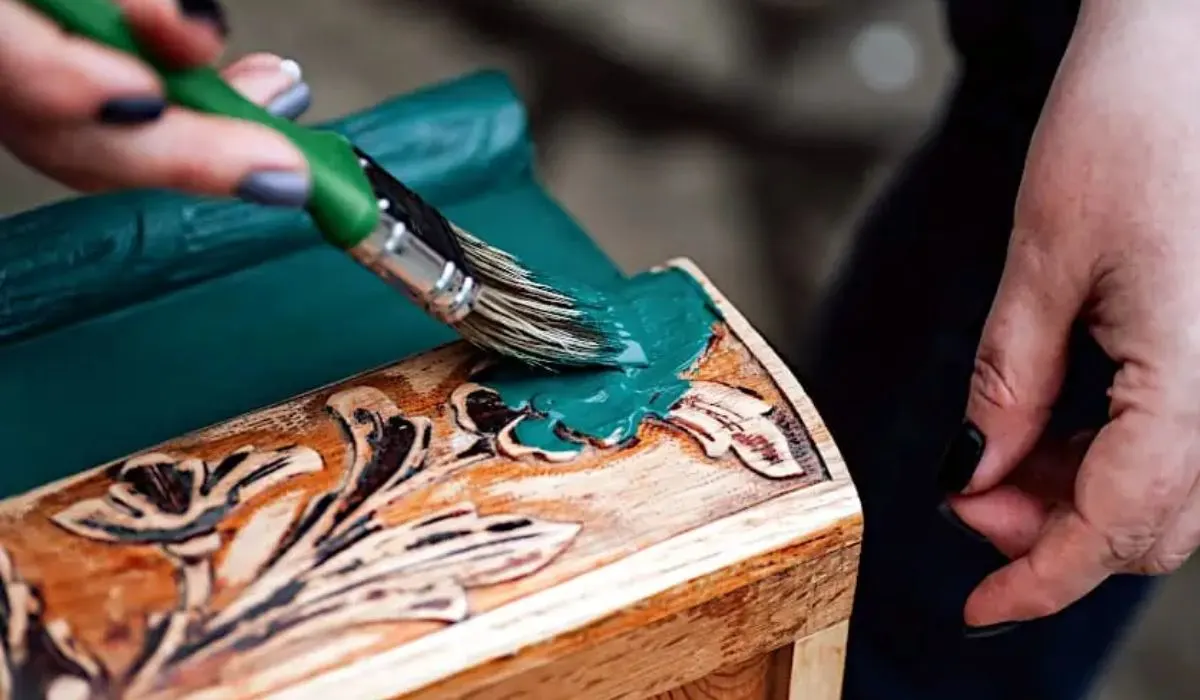
Whether it’s a fancy evening out, a merchantry interview or just a formal nomination for the office that day, upper heels have long held a place in fashion.
But whispered from the style statement they might make, there are few positive aspects to this popular footwear.
“The marrow line is upper heels are not good for your feet and women should try to stave them,” Marisha Stawiski, DPM, a Corewell Health podiatrist and board-certified foot and toddle surgeon, said.
Of course, upper heels aren’t likely to disappear from wardrobes any time soon.
“Realistically, not all women are going to stop using them,” Dr. Stawiski said. “So, it’s important to know what problems they can rationalization and how to mitigate these potential ailments.”
The reason upper heels rationalization so many problems? They create an unnatural position and gait.
High heels transpiration the biomechanics of the foot.
They yo-yo the way the foot is supposed to function and they create an unnatural way of walking. They completely transpiration the individual’s normal step or stride.
Among the problems upper heels cause: plantar fasciitis, an inflammation of the plantar fascia as it connects to the heel bone, and Achilles tendonitis, a painful condition stemming from overuse of the Achilles tendon.
Studies show that upper heels—when worn day without day—can rationalization strains that create hip, knee, foot and toddle problems, Dr. Stawiski said.
They can moreover rationalization pain and numbness in the wittiness of the foot and they can worsen arthritis.
And, in many cases, upper heels are usually too tight or too narrow, causing calluses and blisters.
Tips for wear
There’s not much women can do to completely avoid the problems associated with high heel use, but there are ways to mitigate them, Dr. Stawiski said.
First: Don’t skimp on the shoes.
Buy a high-quality pair of upper heels with memory foam and wily support.
But plane with largest shoes, it’s still a good idea to wear them less frequently. Don’t walk or stand in them too often, and don’t wear them every day.
If you have to wear them in an office setting for work, siphon them in a bag from the parking lot to your sedentary and then put them on while you sit, Dr. Stawiski said.
Also, when choosing a pair to buy, opt for something with smaller heels. A 1- to 1 1/2-inch heel is much largest than a 3- or 4-inch stiletto.
Carefully segregate where and when you wear them—and how often.
“As Socrates once said, when our feet hurt, we hurt all over,” Dr. Stawiski said. “Pain can stupefy your well-being, happiness, productivity and mood. Therefore, trying to wear shoes that foster a pain-free foot is highly encouraged and recommended.”
















